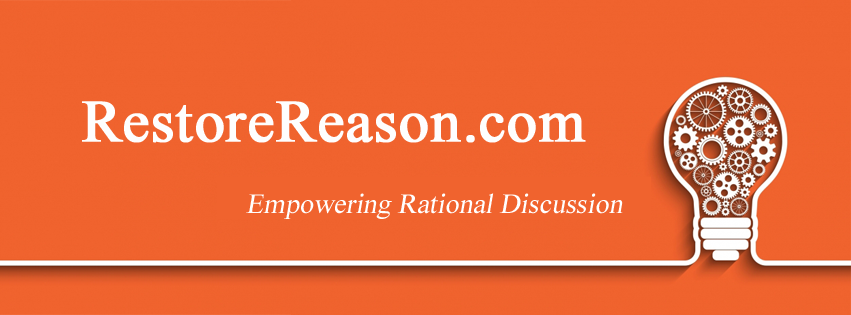Arizona’s Superintendent of Public Instruction Diane Douglas just released her 2017 “AZ Kids Can’t Wait” education plan calling for pay raises to teachers, repairing school facilities and buying new buses. At the same time, business leaders such as the CEOs of PetSmart, Goodman’s Interior Structures, and Empire Southwest Caterpillar, are proposing a five-year funding phase-in of full-day kindergarten.
These are both laudable pursuits. We know Arizona has a critical teacher shortage, our school facilities are in need of repair and upgrade, and our busses are beyond old. We also know how critical full-day kindergarten is the to the long-term success of our students both in school and beyond. But, understanding the problem is only half of the solution. The other half, is providing the funding to make it happen.
In terms of the AZ Kids Can’t Wait plan, the bill is $680 million. That’s $200 million without strings attached; $140 million to boost teacher salaries; $60 million to increase rural transportation funding and help with teacher recruitment; and $280 million to begin to address district capital funding requirements. There’s nothing wrong with Superintendent Douglas’ plan, districts desperately need this help. At a press conference where she announced it, Douglas made it clear it isn’t her job to find the funding. “I don’t appropriate money“she said, and went on to make the point that, “the state has about $450 million in it’s ‘rainy day’ fund” and it is up to the governor and lawmakers to decide to spend it on education.
Business leaders don’t appropriate state dollars either, but they are pushing full-day kindergarten because they know it is critical to moving Arizona out of 48th in quality of education. Prior to 2010, state lawmakers recognized that as well and were funding it. Then, when times got tough; the GOP-led Legislature cut $218 million from the program on the backs of some of our youngest students. That price tag was from 2010; today’s bill for reinstating full-day kindergarten is estimated at $240 million.
The total cost of funding these requirements is almost $1 billion. What’s the chances our state lawmakers will work to fund what amounts to only about $100 more per Arizona K-12 district student? I wouldn’t give odds on it. Governor Ducey has promised to reduce taxes every year he’s in office and so far, he’s on track ($8 million for business in 2016 alone.) And, cuts continue to be made to district budgets such as the move from prior-year funding to current year funding for districts, one that will cost districts statewide a total of $33 million. Then, there is the $380 million cut to District Additional Assistance funding (soft capital monies for items such as textbooks, curriculum, technology, school buses and some capital funding.) Additionally, the six-tenths of a cent per dollar sales tax provided by Prop. 301 is set to expire in 2020. If not renewed, that would be another $624 million (2015 collection) loss to our districts.
The Governor and Legislature have made it clear that raising additional tax revenue is not going to happen. Given their position, there are only two ways they can deliver any of the badly needed assistance identified above. Either they take the funding from some other part of the K-12 budget or other important program (Department of Child Safety perhaps), or they push the funding requirement down to the local level.
In the case of full-day kindergarten for example, they likely would mandate the districts fund it with the budgets they already have. Of course, many districts are already funding the program by underfunding something else because they’ve deemed it so critical to a student’s success. A mandate from state lawmakers absent additional funding does nothing to help districts and in some cases, would hurt. As far as pushing requirements down to the local level, it is a good thing that 75 percent of the bond and override measures passed this year because locally funded support has become increasingly critical as Arizona districts try to deal with the deepest cuts in the nation in K-12 per pupil funding from 2008 to 2014.
We, the voters, have culpability in this mis-match of funding to requirements. A poll of Arizonans taken after Proposition 123 passed showed that 74 percent of registered voters think the state is spending “too little” on K-12 education. Sixty-three percent also indicated they’d support extending the one percent sales tax to help pay for it.
But, politicians don’t usually respond to what voters say, they respond to how they vote and this year, as in many years past, Arizona voters have reelected legislators committed to not raising taxes. Arizona voters must realize a per pupil funding level that places us 48th in the nation, isn’t going to allow us to significantly move the achievement needle statewide. David Daugherty, Director of Research at ASU’s Morrison Institute said it well. “If Arizonans want a bright, successful, fiscally strong future for the state, a top-rate education system must be its primary investment.” If we fail in this regard, he said, “the future will be far less attractive and everyone will feel the effect.” Voters must elect legislators that believe education is an investment in our future and that have the political will to do what needs to be done to effect real change. The choice is ours, but pretending to care and then not acting in concert with that care, is duplicitous at best.
